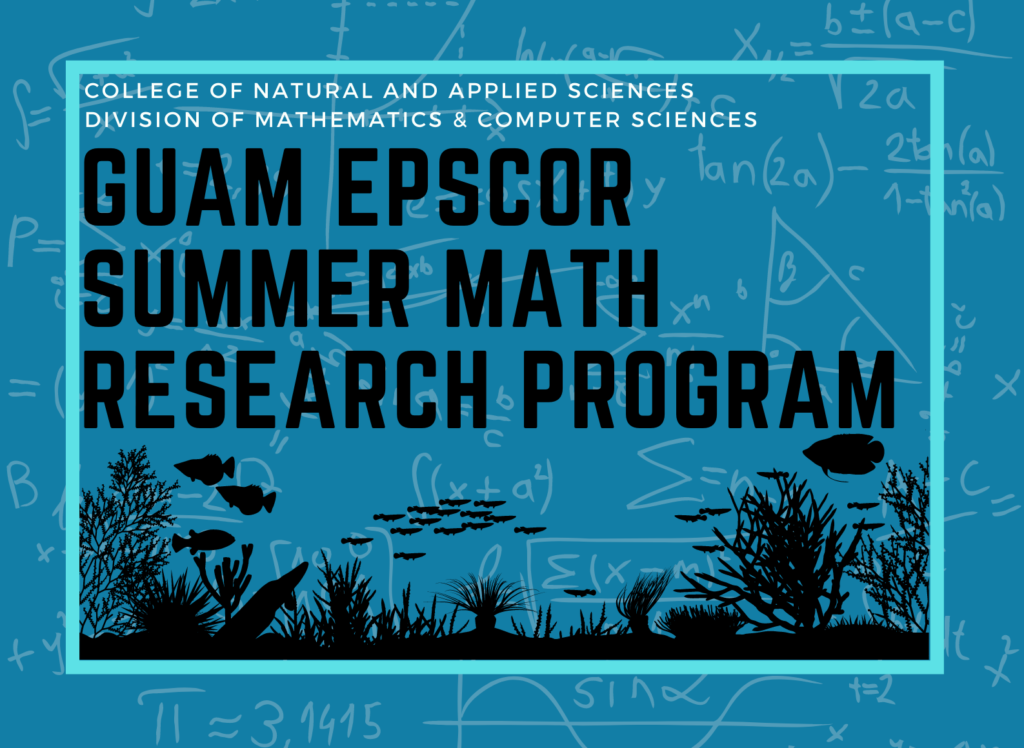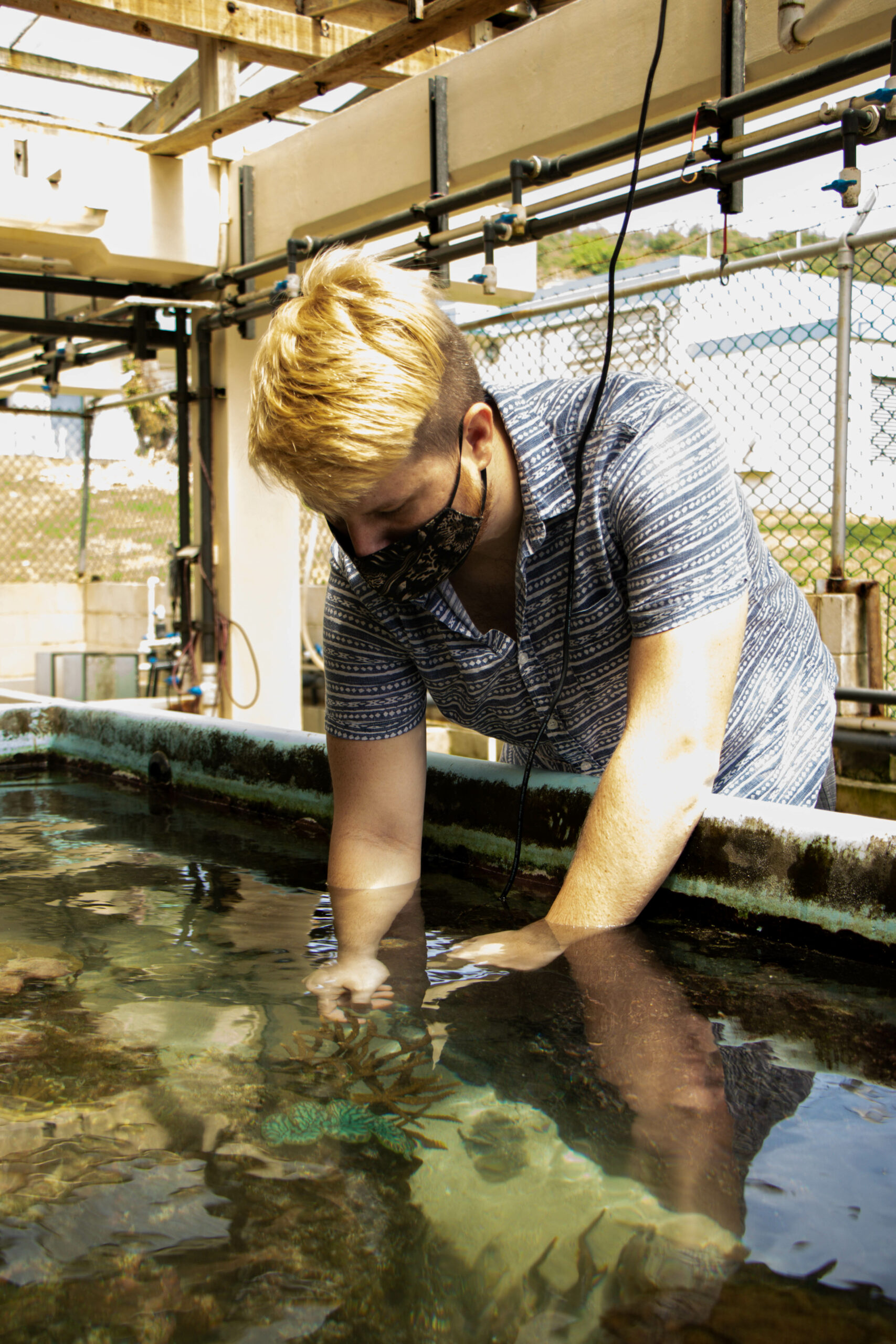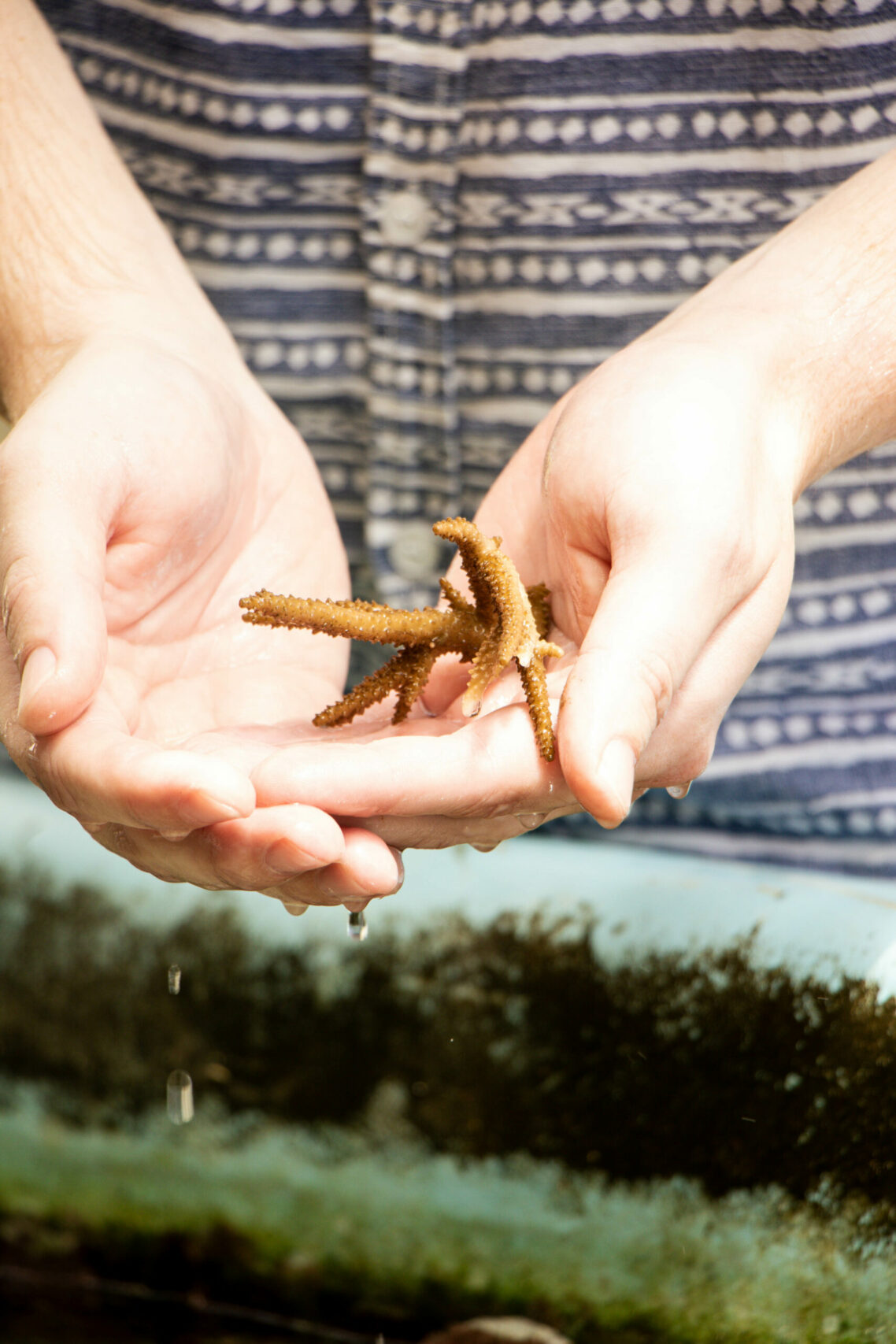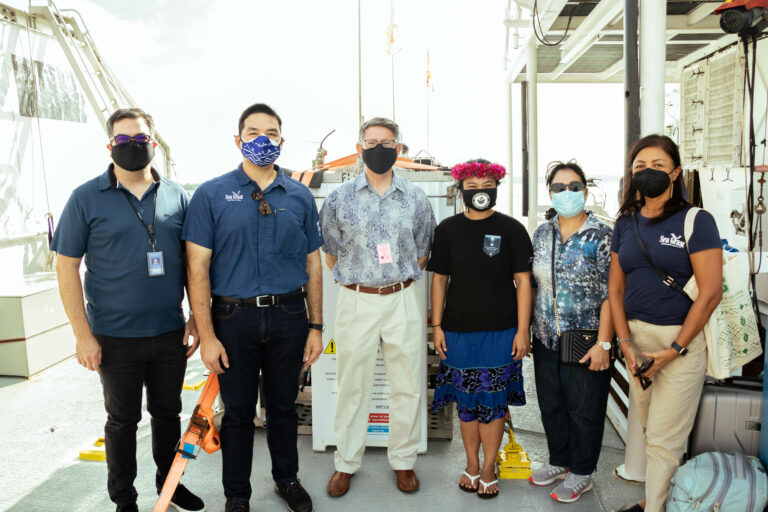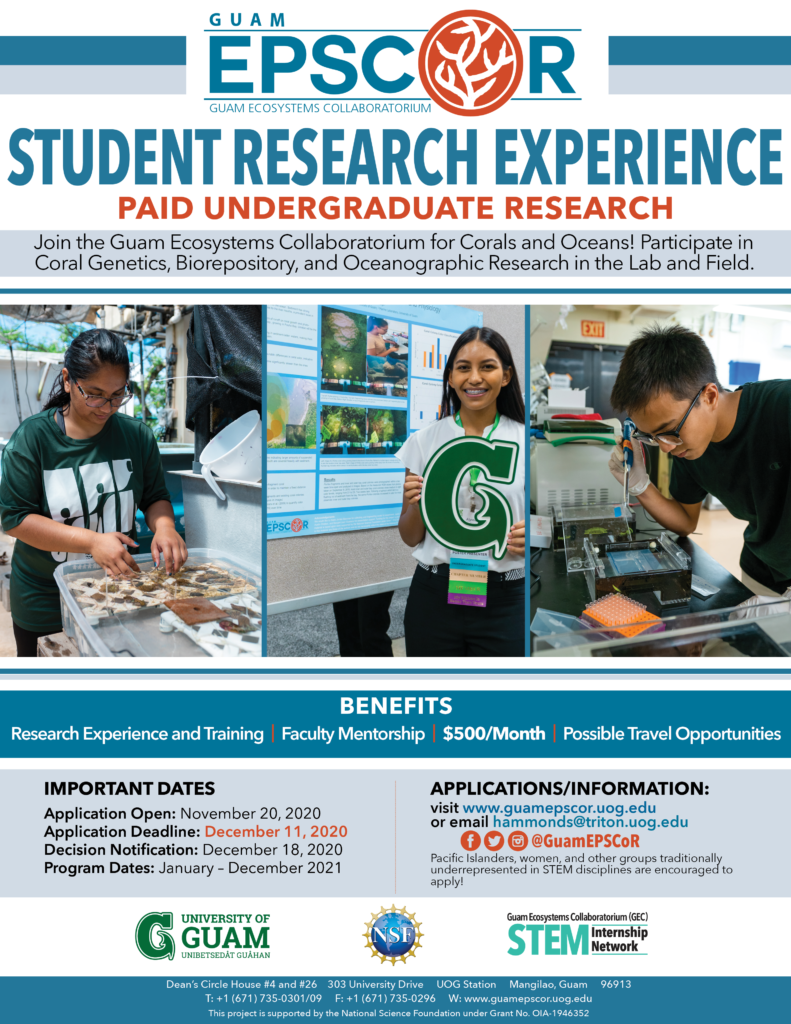
The Guam EPSCoR Guam Ecosystems Collaboratorium (GEC) Biorepository is welcoming its largest addition yet – a private collection of around 30,000 coral specimens from University of Guam Professor Emeritus of Marine Biology Richard Randall.
The collection includes specimens from Guam and other places throughout the Pacific and reflects the 56 years since Randall joined the UOG Marine Laboratory, which he spent researching coral reef biology and geology.
During the late 1960s, Randall witnessed the first crown of thorns outbreak on Guam and managed to retrieve a few coral samples before they were eaten. He claims some of these specimens may be new species and others may not exist today.
“He took meticulous field notes, so we have really good data about each of these specimens,” said David Burdick, the biorepository’s collections manager. “He also recorded an unusual amount of data like where it was living, its name, and how much light it was exposed to and how that may have influenced its shape. That information can help us understand their habitat requirements and discern between similar species.”
So far, the facility has received less than a tenth of the collection’s specimens and may take years to catalog each item and upload them to the biorepository’s website.
“Right now, we’re going through all of the coral specimens and cataloging the ones we have with the specimen number he gave them and the notes that connects them to the specimen,” said Kelsie Ebeling-Whited, the biorepository’s technician. “We log the
specimen number, the note number, its species, and family. We want that all in a database so that we know what corals we have.”
Once the collection has been processed, it will serve as a resource for researchers around the world to better understand the diversity of the corals found in the Pacific.
“It’s going to be a lot of work,” Burdick said. “In some cases, if he’s described a new species, we’d have to publish it in a book or a journal about it. I feel like we’re always trying to play catch-up trying to understand more about these organisms before we lose some of them. It’s an impressive collection that’s really important for us to take care of and share with the world and try to use it to provide an impetus for collaborative research.”
About the biorepository
The Guam EPSCoR-GEC Biorepository serves as a world-class physical and cyber warehouse of Micronesian marine biodiversity enhancing local research capacity and facilitating collaborative research through global access to specimen records and images. The facility is operated by the Guam EPSCoR program, which is funded by the National Science Foundation. The online collection database can be accessed at https://specifyportal.uog.edu/.















